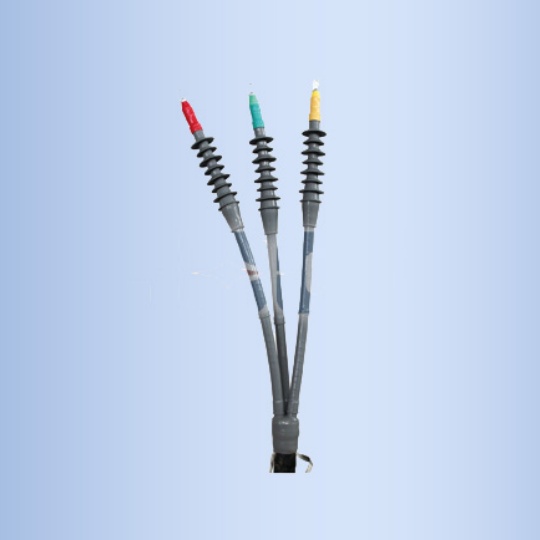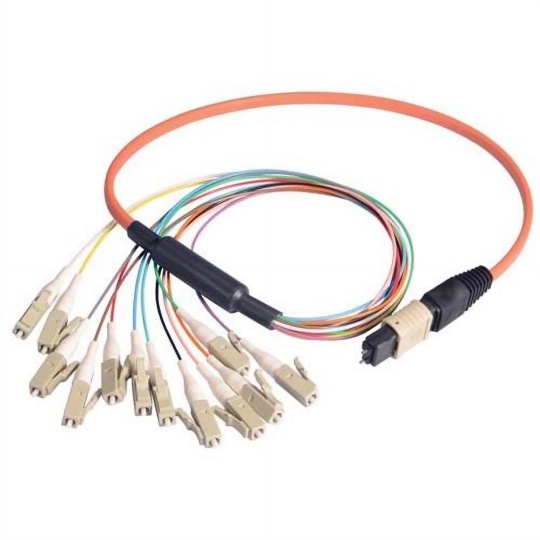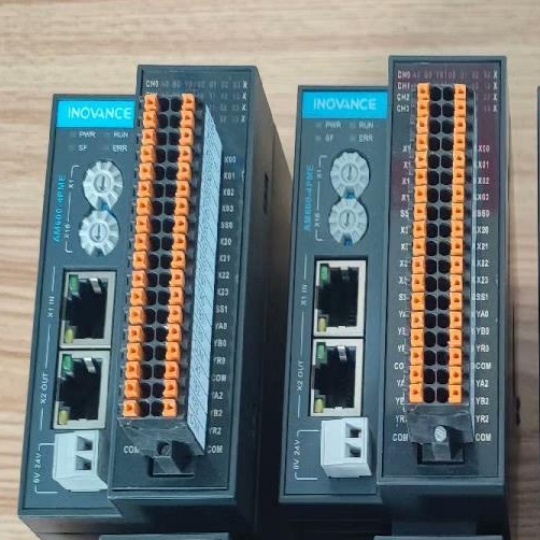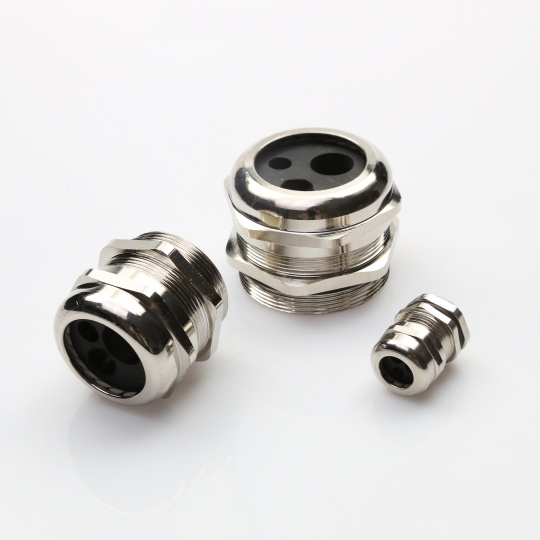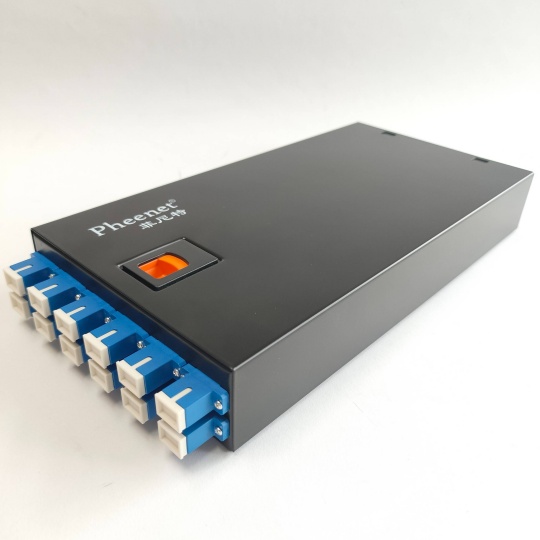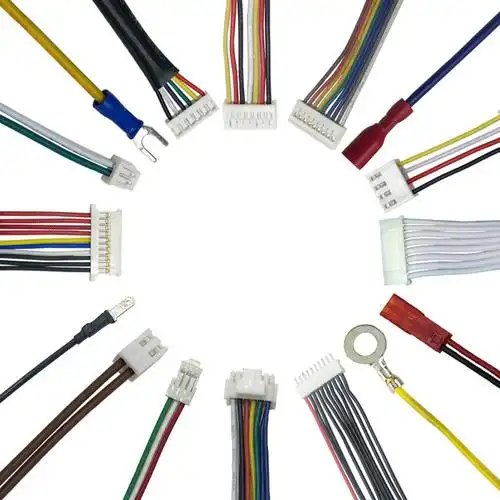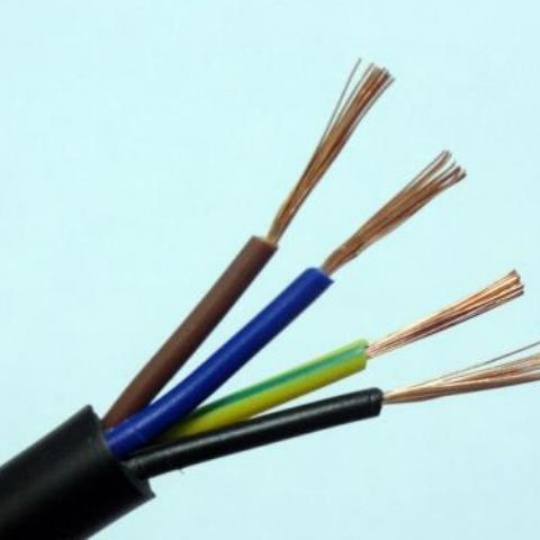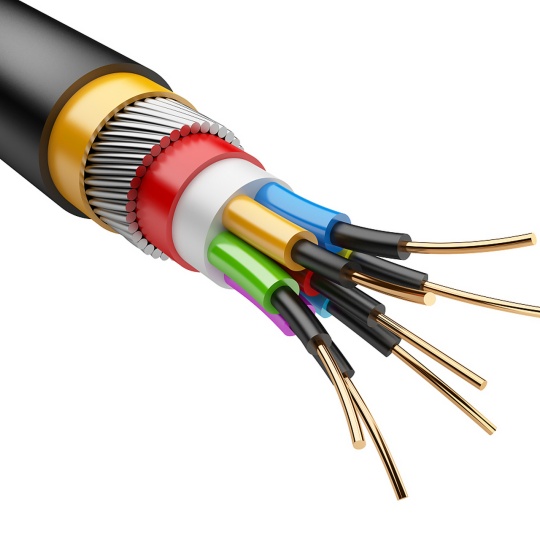IoT-Compatible Cables Hit Mainstream
The Internet of Things (IoT) is no longer a futuristic concept—it’s reshaping industries, homes, and cities. From smart thermostats to industrial sensors, billions of IoT devices are now online. But as the IoT ecosystem grows, so does the demand for reliable infrastructure, particularly IoT-compatible cables. These specialized cables are now hitting the mainstream, addressing critical challenges in connectivity, power efficiency, and durability. In this article, we explore why IoT-compatible cables matter, their key features, and how to choose the right ones for your needs.
Why IoT-Compatible Cables Are Becoming Essential
The IoT landscape relies on seamless data transmission and uninterrupted power supply. Standard cables often fall short due to:
- Higher Data Bandwidth Requirements: IoT devices transmit vast amounts of data, especially in applications like 4K security cameras or real-time industrial monitoring.
- Power-over-Ethernet (PoE) Needs: Many IoT systems use PoE to simplify installations, requiring cables to deliver both power and data.
- Harsh Environmental Conditions: Outdoor or industrial IoT devices need cables resistant to moisture, temperature fluctuations, and EMI (electromagnetic interference).
According to a 2023 report by Grand View Research, the global IoT market is projected to grow at a 19.4% CAGR through 2030, driving demand for rugged, high-performance cables optimized for smart ecosystems.
Key Features of IoT-Compatible Cables
Not all cables are created equal. Here’s what sets IoT-compatible cables apart:
- Enhanced Shielding
- Shielded twisted-pair (STP) or foil-shielded designs minimize EMI/RFI interference, ensuring signal integrity in environments crowded with wireless devices.
- PoE Support
- Cables like Cat6a and Cat7 support higher wattage (up to 100W for PoE++), critical for powering devices like PTZ cameras or access points without additional wiring.
- Durability
- Industrial-grade IoT cables feature UV-resistant jackets, waterproofing (IP67 ratings), and corrosion-resistant materials for outdoor or factory use.
- Flexibility and Size
- Compact, lightweight designs (e.g., 28AWG cables) are ideal for tight spaces in smart homes, robotics, or automotive IoT installations.
- IoT-Specific Certifications
- Look for certifications like UL 444 for communications cables or IEC 61156 for data transmission performance.
Top Applications Driving Adoption
IoT-compatible cables are finding use across sectors:
- Smart Buildings: PoE cables power LED lighting, HVAC systems, and occupancy sensors.
- Industrial IoT (IIoT): Rugged Cat6a cables connect machinery sensors for predictive maintenance.
- Healthcare: Medical-grade cables ensure reliable connectivity for patient monitoring devices.
- Agriculture: Weatherproof cables link soil sensors and irrigation systems in smart farms.
How to Choose the Right IoT-Compatible Cable
- Assess Bandwidth Needs:
- Use Cat6 (250MHz) for basic IoT devices; upgrade to Cat6a (500MHz) or Cat7 (600MHz) for high-speed industrial applications.
- Check Power Requirements:
- For PoE devices, ensure cables meet IEEE 802.3bt (PoE++) standards for up to 100W power delivery.
- Prioritize Environmental Resistance:
- Opt for polyethylene jackets for outdoor use or plenum-rated cables for HVAC spaces.
- Future-Proofing:
- Invest in higher-tier cables (e.g., Cat7) to accommodate future IoT upgrades.
The Future of IoT Cabling
As IoT networks expand, next-gen innovations are emerging:
- Fiber Optic Integration: Hybrid cables combining copper and fiber for ultra-long-distance data transfer.
- Smart Cables: Embedded sensors to monitor cable health and predict failures.
- Standardization: Organizations like TIA and ISO are developing IoT-specific cabling standards to streamline adoption.
FAQs
Q: Can I use regular Ethernet cables for IoT devices?
A: Basic Cat5e cables work for low-power IoT devices, but PoE-heavy or high-bandwidth systems require Cat6a or higher.
Q: What’s the maximum distance for IoT-compatible cables?
A: Standard Ethernet runs up to 100 meters, but shielded cables can maintain performance in noisy environments.
Q: Are IoT cables more expensive?
A: Prices are 10–20% higher than standard cables, but the ROI comes from reliability and reduced maintenance.


